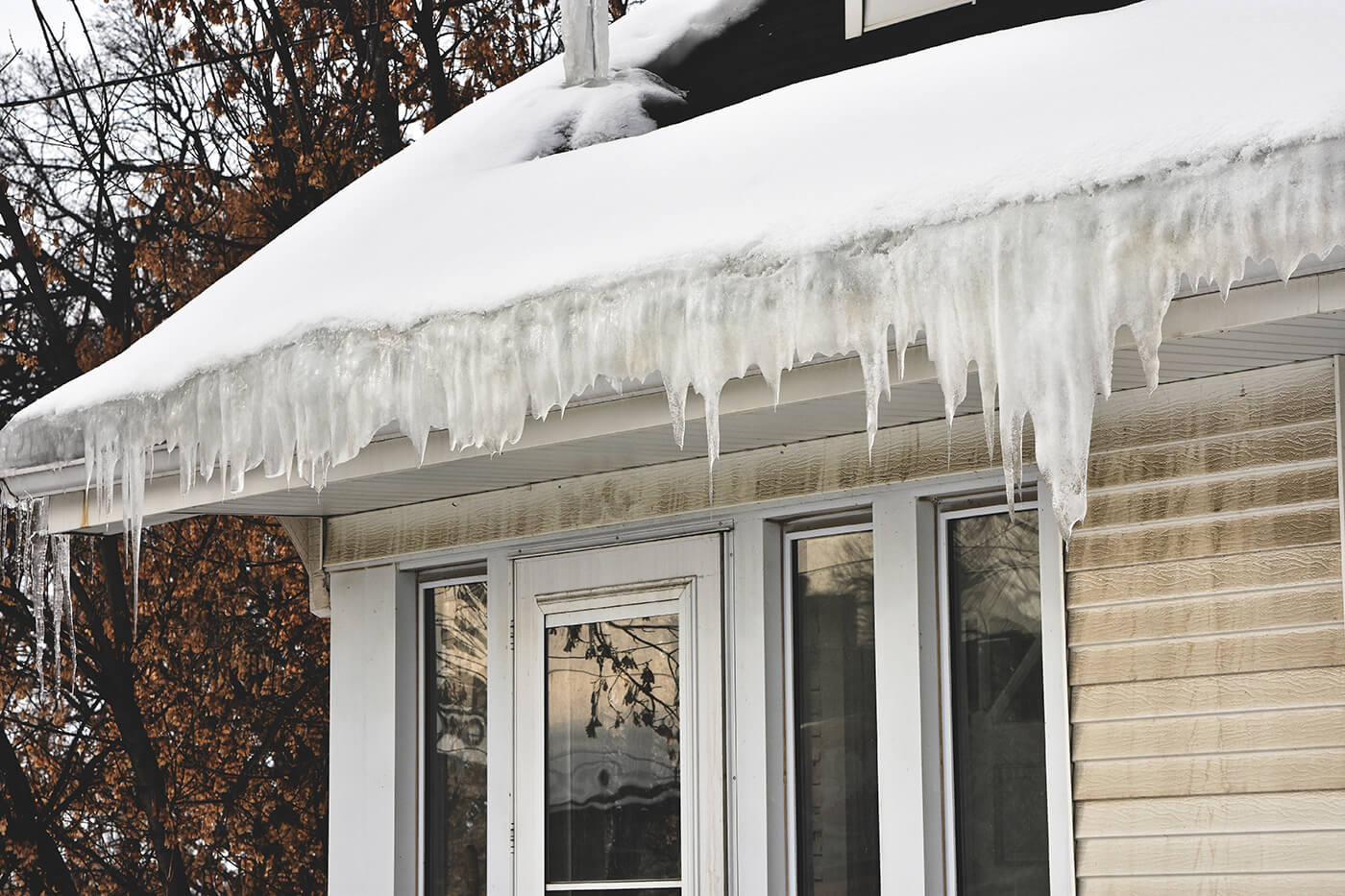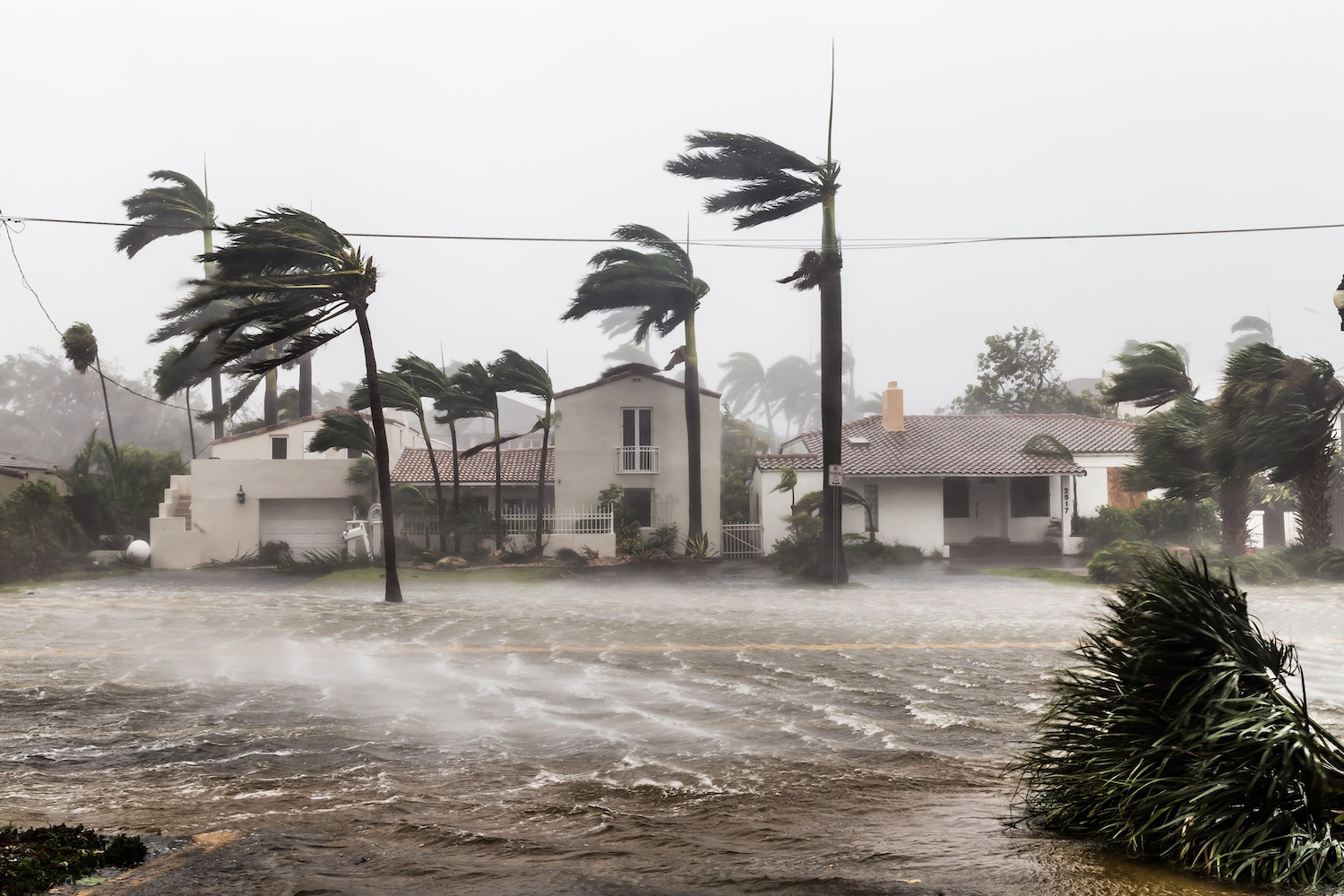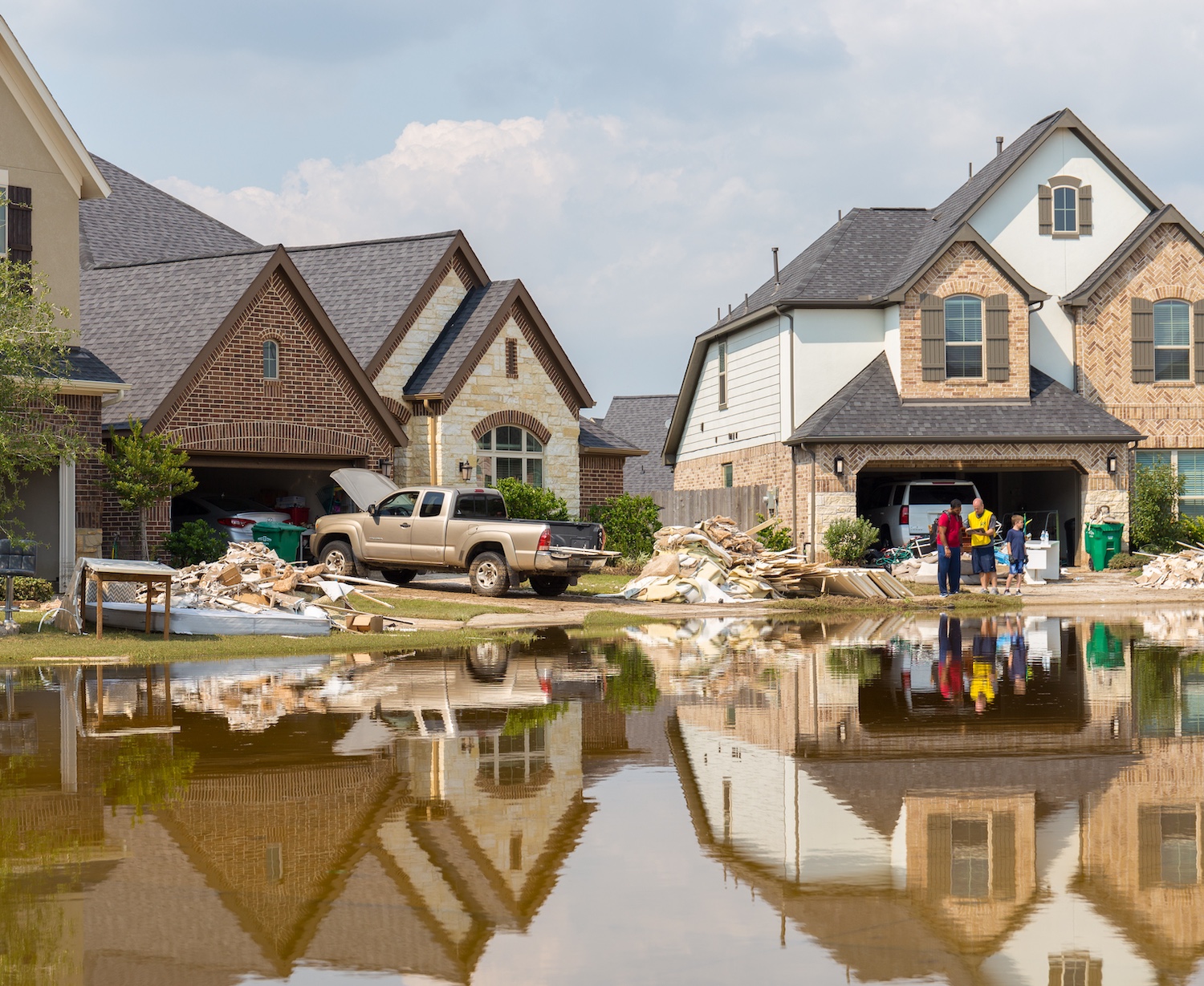Power outages tend to happen at the worst possible times. If you’re dealing with an outage, it’s important to know how to both prevent and mitigate water damage in your home. When you experience a power outage during a major storm or freezing weather, keeping everyone in your household safe and warm should be your top priority.
However, when time and attention allow, you should also consider the potential for freezing pipes, sump pump failure, and a rapidly defrosting freezer. The following is everything you need to know about power outages and the water damage they can create.
Water in Low-Lying Areas
One of the most common causes of water damage during power outages is sump pump failure. If you rely on a sump pump to keep water out of your basement, the loss of electricity during a rainstorm or during times of heavy snow-melt could leave you with a substantial flood.
However, it’s important to note that even if you never actually find standing water in low-lying basement areas, you can still have water-saturated flooring, sub-floors, drywall, and crawlspaces. Any time that your sump pump fails due to an outage event, it’s important to inspect these features. That way, you can identify hidden moisture problems and implement timely solutions.
Failed Appliances
Your sump pump isn’t the only essential appliance that’s likely to fail. Although the loss of electricity will cause everything that’s electrically powered to stop working, it can also cause water-reliant appliances to back up and overflow. These instances might be rare, but they can and do occur.
Moreover, if your house gets too cold, any water remaining in the tubes or hoses of water-reliant appliances could freeze and cause them to rupture. While less obvious than an overflowing dishwasher, a dishwasher that’s inconspicuously leaking through damaged connections can cause equal damage to your home.
During times of exceedingly hot weather, it’s important to account for how the loss of your HVAC system’s ongoing humidity regulation will impact the building’s interior. Although a short-term and moderate increase in indoor humidity might not leave you with warped or sagging building materials, it could increase your likelihood of developing mold.
This becomes all the more true when a power outage introduces other risk factors for mold such as dishwasher overflows, rotted food debris in garbage disposals, poor ventilation, basement leaks, and more.
Burst Pipes and How to Prevent Them
During the winter months and in regions that are prone to excessively cold temperatures, homeowners are advised to keep the interior of their houses at 55 degrees Fahrenheit or higher. The lower that indoor temperatures fall below this point, the more likely water supply lines are to freeze. In some instances, frozen pipes simply defrost and resume normal functioning once temperatures rise. However, at other times, the resulting expansion of frozen water within these pipes causes them to burst.
Installing a whole-house generator is one way to ensure reliable and consistent HVAC system operation even when the power goes off. However, if you aren’t ready to make this major home upgrade, you can alternatively insulate any indoor or outdoor water supply pipes that are currently exposed. It’s also a good idea to keep the cabinet doors to under-sink areas open so that heat can migrate into these spaces.
Your Fridge and Freezer
During short-term power outages, consumers are advised against opening their refrigerators and freezers. The longer that the doors to these units stay closed, the longer they’ll retain their frosty temperatures. Unfortunately, you won’t know how long an outage will last until it’s actually over.
During the span of an outage, a fast-defrosting freezer could leave you with soaked floors, sub-floors, baseboards, and drywall. This is also a problem in deep freezers that are often tucked away in dark basement corners and easy to overlook. While there’s little that you can do to prevent your freezers from defrosting, regularly checking these appliances and cleaning up water messes before they spread will help.
The Surprisingly Rapid Onset of Mold
According to the Centers for Disease Control (CDC), whenever moisture damage occurs at the interior of a property, homeowners have about 24 to 48 hours before mold spores will start to form. During this time, the best way for homeowners to protect themselves is by implementing a series of mold mitigation strategies.
This starts with thoroughly drying the affected areas using water extraction equipment, heaters, blowers, and fans. Simply suctioning residual water up isn’t enough. Most residential building materials have tiny air pockets that can trap small amounts of moisture and retain it. This creates the perfect conditions for mold, mildew, and many other fungi. It can also lead to serious structural damage.
Blowers, heaters, and fans dry out trapped moisture. By having the appropriate sanitizing and deodorizing products applied after drying, you can add another level of mold prevention. Absent of these strategies, fast-developing mold could enter the indoor air and find its way into your HVAC system. Once this occurs, the problem will be circulated throughout your home indefinitely.
How Delays in Service Can Hurt Your Property
Sadly, some power outages can stretch on for days or even weeks. Although unlikely, events like these can and do occur. Not only do they leave locals lacking power, but they also result in untimely service delays. During times of extreme weather, it can take even emergency first responders far longer than normal to arrive on the scene for fires, medical emergencies, and more. Electricians, plumbers, and HVAC companies suddenly find themselves inundated with service requests as soon as local power is turned back on, even as unsavory road and weather conditions continue to exist.
Improving Your IAQ and Protecting Building Residents
After a prolonged power outage, it never pays to assume that you’ve gotten away scot-free. Check behind the backs of water-reliant appliances for evidence of leaks, ruptured hosing, and loose connections. Inspect the floorboards, baseboards, and drywall near freezers and deep freezers for evidence of moisture or softening.
You should also take a look at your basement and your crawlspaces. When prolonged power outages occur during times of freezing weather, it’s a good idea to schedule a whole-house plumbing inspection to identify cracked or ruptured pipes. This is especially true if you haven’t had one performed in a while.
Even if these inspections don’t reveal leaks or other water damage, you should schedule a mold inspection if you notice any dramatic decreases in your indoor air quality (IAQ). Without intervention, slow and hidden leaks and undetected moisture damage could leave everyone in the building sneezing, sniffling, and dealing with other unpleasant IAQ-related symptoms.
Scheduling mold inspection services is always a good idea when prolonged power outages occur during hot, humid weather and leave your indoor air feeling damp, heavy, and oppressive. By catching and addressing mold problems early on, you can limit their spread and your spending. Plus, you’ll eep your living environment both healthy and safe.
With our total service area spanning multiple states, we offer mold testing, remediation, and restoration services. We also provide UV light sanitization, odor removal, drywall removal, and more. To schedule an appointment, get in touch with Pur360 today!



